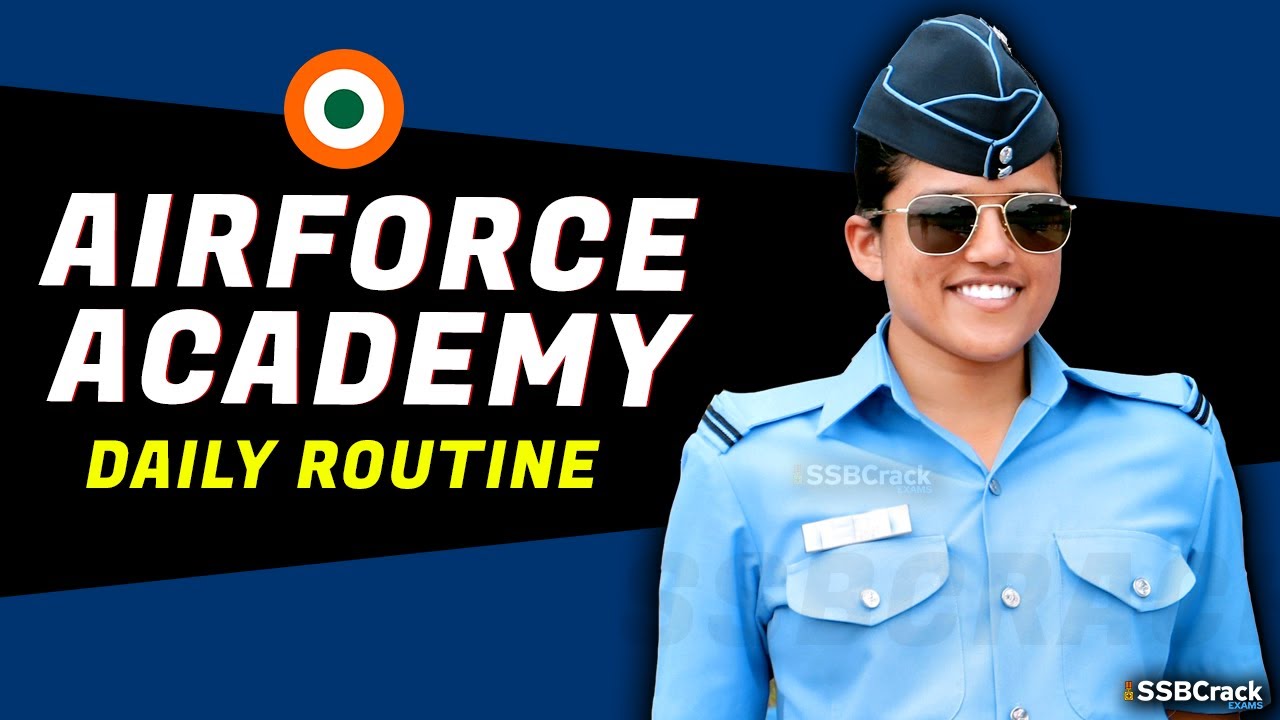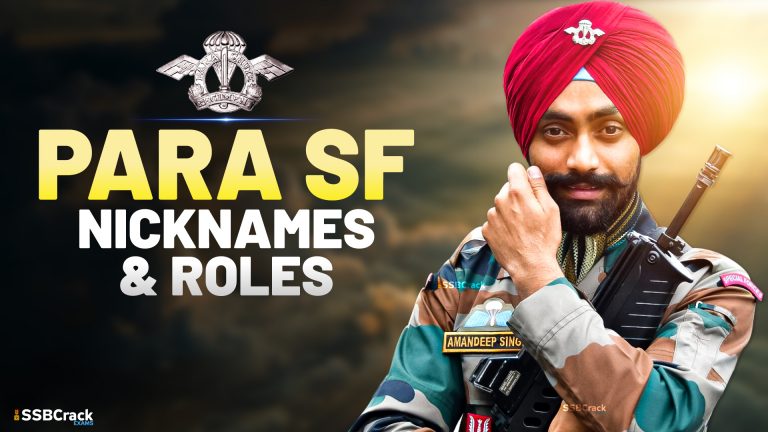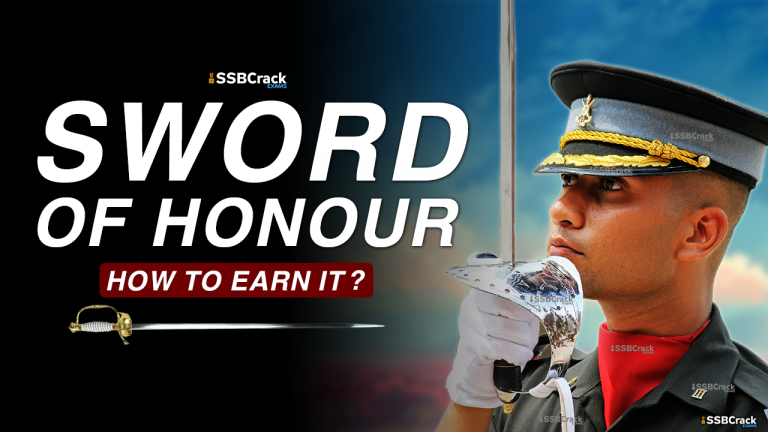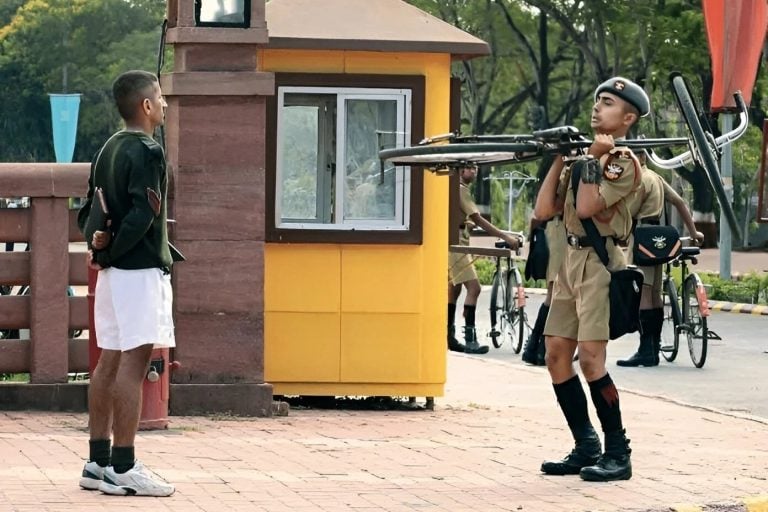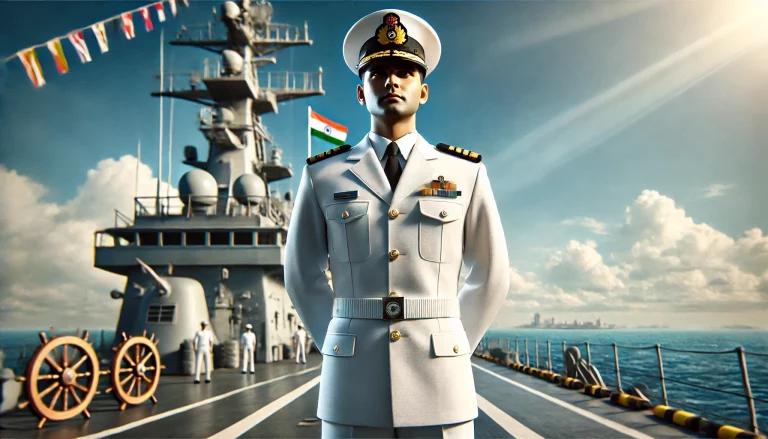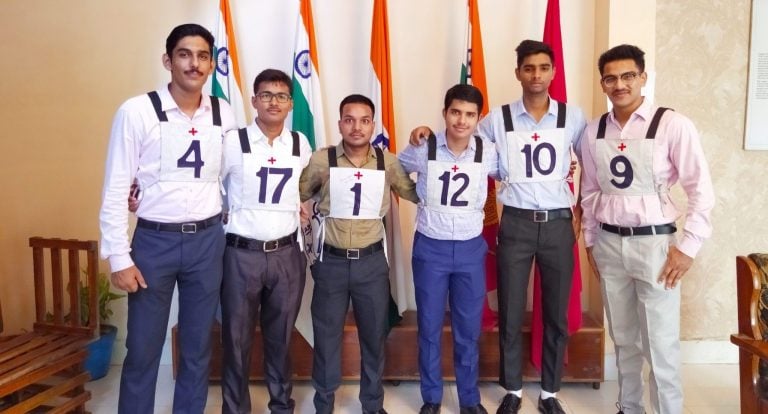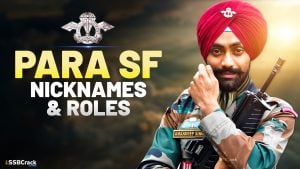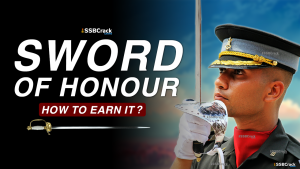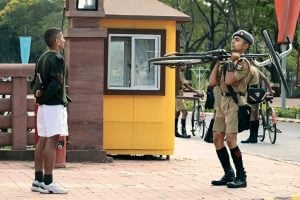The Air Force Academy is the foundation of training not only for the pilots but also for the ground duty and technical officers of Indian Airforce. This is a home for the officer trainees who learn the skills of their chosen specialisation and more importantly are nurtured to become capable leaders in their respective domain and anywhere else. The academy was established in the year 1971 with the intention of training cadets from all streams at one central location. The Air Force Academy imparts training to the Flying, Technical and Ground Duty Branches as well as officers of the Army and Navy. Every year, two batches of pilots graduate to proceed for further training in the fighter, transport and the helicopter wings at other training establishments.
The academy is spread over 7,000 acres of land and houses both the airbase and the residential facilities of the Airforce personnel. The academy has numerous vintage aircraft on display inside its premises to provide motivation and insight into the flying machines of the Indian Air Force. The collection ranges from the rare and vintage Tiger moth biplane and Harvard trainer to the more recent MiG-21 FL and Kiran. The motto of AFA is Achievement through diligence.
AFA Flight Cadets are primarily organized into squadrons. There are four Squadrons namely – Aquino Squadron, Brar Squadron, Chitnis Squadron and Katre Squadron. At the beginning of the term, various activities are held on competitive basis amongst the four squadrons at the Air Force Academy, which include cross-country, drill competition, fieldcraft training camp, quiz, declamation contest and variety entertainment programme. These activities culminate into the presentation of Commandants Banner to the overall champion squadron.
Aim of the training
Turning a Gentleman or a lady cadet into a warrior into the sky is what the Air Force Academy does. It instils a lifelong discipline into the future warriors. Prepares them to live in filed conditions against all odds with high morale and motivation and develop a sense of camaraderie ship and esprit de corps.
Let’s Talk About The Cadet Life At AFA
Once you have cleared all the hurdles viz. SSB, Medicals and merit, the joining instructions are dispatched. This joining instruction is one of the most awaited letters that an Airforce aspirant aspires to get one day. Then the day arrives when you finally report at the Academy viz. reporting at the Railway Station (Secunderabad/Hyderabad) under the banner announcing “Reporting for the Air Force Academy”. Soon you are assigned a Squadron and board a bus to the academy. A photographer too is present to take a photo of the flight cadets assembled there. Once the bus enters the gates of Air Force Academy (AFA), Dundigal a sense of huge pride engulfs your mind, body and soul.
Various Missiles and Air Crafts are on display en-route from the main gate to Flight Cadets Mess that is also known as FCM. This is your home for the next couple of months till you are in the academy.
Cadets go to Shamiyana for the attendance and then thorough luggage checked. The check is to make sure that they are not in possession of a mobile phone or camera or any eatables or any other superficial stuff like even a personal medication. These activities are done by the Appointments, who are the Senior Term cadets who take care of the Cadets while they are in FCM. They get several items issued next along with their cabin numbers. This is followed by a lot of formalities such as kit issue, tailor issue, haircut, and medicals and so on and so forth an endless number of things.
The first-night muster of the Academy is quite an experience for cadets to continuously stand in attention till all the counting was done, the report compiled – its checked and rechecked that all are present and Duty Instructor came and then the report is handed over and he again checks and cross-checks and finally goes back.
A normal daily routine of junior cadets at the beginning of term begins by waking up at between 2-3 am depending on the number of clothes that he/she has to wash as it is quite difficult to hide any dirt or dust in white clothes or iron, and then attending a 4 am fall-in in which the report never gets compiled and submitted to Squadron Appointment by the allotted time and hence by default all the undergoes a series of push-ups, sit-ups and other doses of early morning exercises.
At 5 am there is another fall-in for juniors for daily Drill that is march past which is followed by changing to drill uniform and report in time for the cadets. From 5 am after all the junior cadets have come, all the squadrons’ report compiled and submitted, then the dreaded round of dress inspection by the appointments and the defaulters caught with dirty clothes, improper ironing and anything major or minor are rounded off to be destined to do some more sweating out in the afternoon and evening in the form of reporting’s.
After that, they move on to the Drill Square or Parade ground where Drill Ustads instruct the cadets to perform the parade movements individually and in synch when in a group. The cadets graduate from basic hand drill to parade with a rifle in the later part of the training. The cadets rush back in to make good the fall-in time of 0730 with half-an-hour to spare for bath, change over uniform and have breakfast.
At 0800 another part of the day commences in which cadets of different branches go to their respective faculty for studies in their relevant subject. This probably is the most relaxed part of the day with ample opportunities to relax from the tiredness of the early part of the day, some people keep their eyes and/or ears open for the activities going on in the classes but some simply give up on the efforts. By 2 o’clock in the afternoon, the cadets leave for FCM again and after having the lunch they come back to their rooms just to hear in time another round of session for accumulated deeds of the morning or anything pending. By the time they get done with this, it is again time for PT and so they have to proceed for the fall-in routine for the same.
The cadets come back from the PT by around 6 in the evening and after having a round of eats/tea/cold coffee served in mess office, they again barely have 30 min or so to take bath to clean up from the sweaty, soiled condition and their clothes and also get their rooms in Cabin-Cupboard inspection standard for the study period starting from 7 o’clock. The study period is an open door time in which they are supposed to be studying in their neat and tidy room dressed up immaculately in whites/muftis simply meaning white full sleeves shirt & white/grey coloured trousers with or without a necktie.
The inspection goes around by an Officer or Squadron Appointment to ensure compliance of the same. End of the study period starts with a call for Dinner, and all the cadets assemble in their squadron office and proceed to the dining hall together. Then after having dinner again a mass gathering of the whole cadet lot of all branch and squadron, a night muster takes place in which everyone is counted, accounted and presented on the parade for inspection. After this everyone is dismissed for lights out the time of 2200. But the time in between is again a fun-filled activity of some more bits of exercises and a couple of minutes before the Lights out time we are left to rest our body for the night.
Coming back to the room, sleep is something that they don’t have to wait for and paying no remembrances to all the good, bad and ugly things of the day. They sleep on like a baby with a clear head and tiring limbs, to soldier on for another day and then another day for the whole duration of the junior term.
Before taking the luggage to your dorm, they are thoroughly checked to make sure that no one is in possession of a mobile phone or camera or any eatables, personal medication etc. The Flight Cadets are then issued their cabin numbers. The day begins with a fall-in at 5 a.m. followed by the daily drill (March Past). In the academy, you have to always be in the Running mode, because it is said that, “You must be able to run if you want to fly.”
After one year’s training, officer cadets are commissioned into various branches of the IAF. Their curriculum at Dundigal provides a common ground where a foundation is laid to prepare them for the different tasks which are intrinsic to a modern air force. It is here that the in-experienced youth are trained to learn flying through successive stages. Those who pass out as fighter pilots get the opportunity to serve in front-line combat squadrons equipped with Rafael, SU-30, MiG-29, MiG-27, MiG-23, MiG-21, Mirage-2000 and Jaguar aircraft.
For those interested in flying transport aircraft, the IAF offers the very best in the form of the heavy multi-engine IL-76 aircraft and the versatile twin-engined multi-role AN-32 transport aircraft, besides HS-748 and the Dornier light utility transport aircraft.
Yet another exciting option for pilot trainees at the academy is to opt for helicopters. By joining the helicopter fleet, the trainees learn to fly at treetop heights and landing in small and unexplored remote areas. The curriculum also includes flying helicopter gunships, giant MI-26 heavy-lift choppers, casualty evacuation, the para dropping off troops and airlifting of supplies. These are very important tasks performed both during war and peace.
The academy imparts specialist training to young men and women who shoulder responsibility as leaders in other key areas of air force operations. These are administrative, air controlling, meteorological, logistics, accounts and education branches. Irrespective of their chosen fields, all cadets are on the PT ground in the synchronous movement to the beat of the drill masters drums. Swimming, horse riding, field and indoor games are all included in the evening routine. These activities help the leaders to meet the physical standards expected of soldiers. It is here that they develop qualities of esprit de corps so essential for military leaders.
Due to the drastic impact of COVID 19, the academic institutes are also closed and you have a great deal of time in your hands. This is a great time to try new things that technology has brought to you while challenging yourself such as Online Courses at SSBCrackExams. Taking AFCAT+EKT Written Online courses will not only give you access to full-length quality lectures but will also provide the facility to take standardized mock tests for comparative study and growth.
You can take multiple quizzes after each lesson to ensure the full understanding of the subject along with creating your customized lesson plans. Practice with online quiz and test series at SSBCrackExams is the best way to check your performance. Online test series and quiz will also help you increase your speed and this is very helpful in the real exam. To get good marks in the AFCAT examination, candidates will have to practice in online mode with increased frequency. You are advised to attempt more quizzes and mock tests regularly from reliable sources such as SSBCrackExams.
To join Indian Air Force Academy as an Officer and crack the AFSB interview, You can join our SSB interview live classes batch and we recommend you to Enroll SSB INTERVIEW ONLINE COURSE. Trusted by thousands of defence aspirants.
